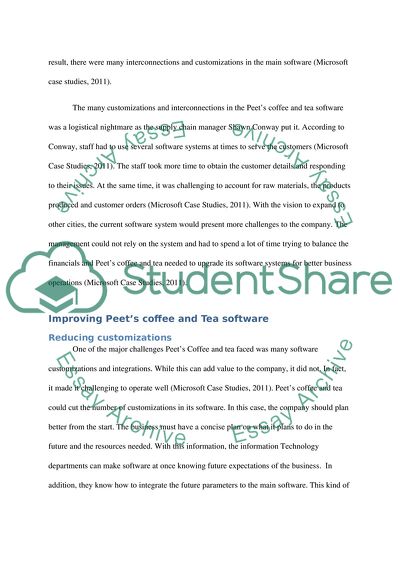Cite this document
(Enterprise System: Case of Peets Coffee and Tea Study, n.d.)
Enterprise System: Case of Peets Coffee and Tea Study. Retrieved from https://studentshare.org/marketing/1626108-entreprise-system
Enterprise System: Case of Peets Coffee and Tea Study. Retrieved from https://studentshare.org/marketing/1626108-entreprise-system
(Enterprise System: Case of Peets Coffee and Tea Study)
Enterprise System: Case of Peets Coffee and Tea Study. https://studentshare.org/marketing/1626108-entreprise-system.
Enterprise System: Case of Peets Coffee and Tea Study. https://studentshare.org/marketing/1626108-entreprise-system.
“Enterprise System: Case of Peets Coffee and Tea Study”, n.d. https://studentshare.org/marketing/1626108-entreprise-system.


